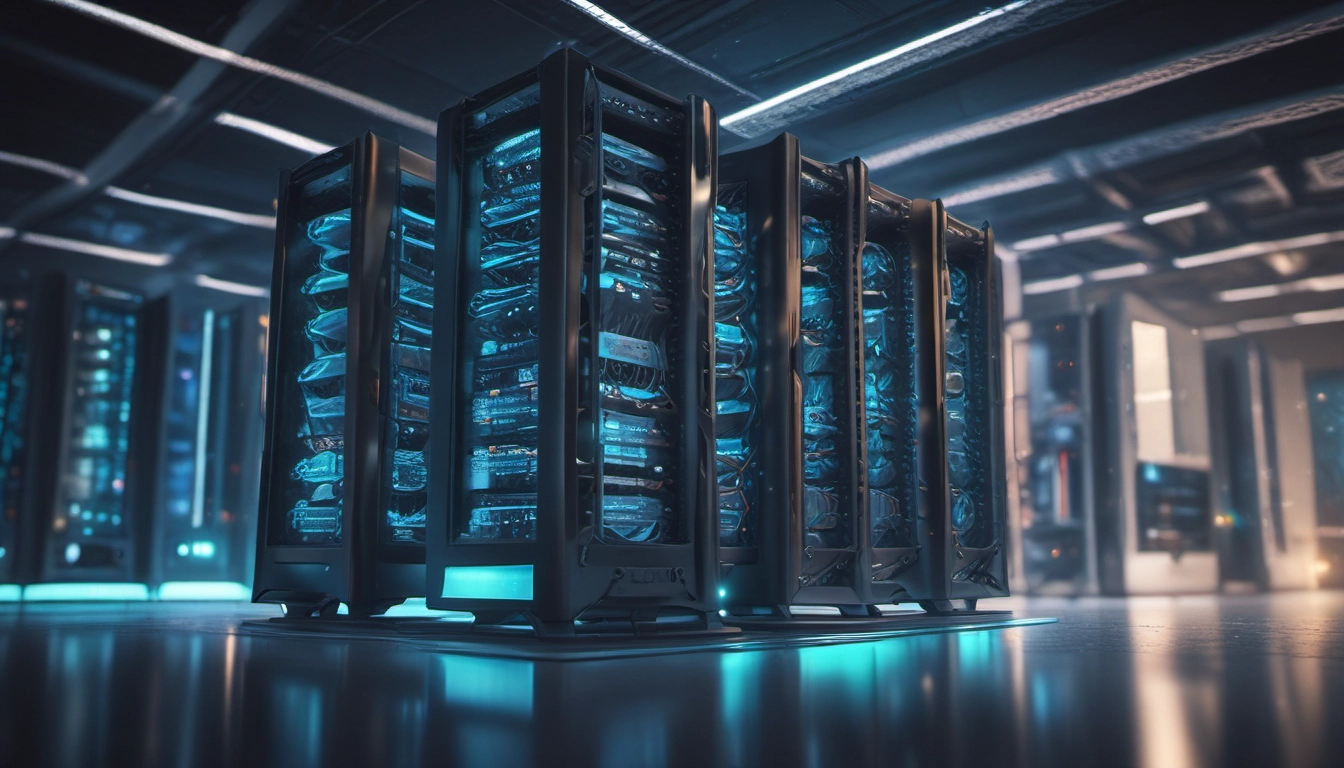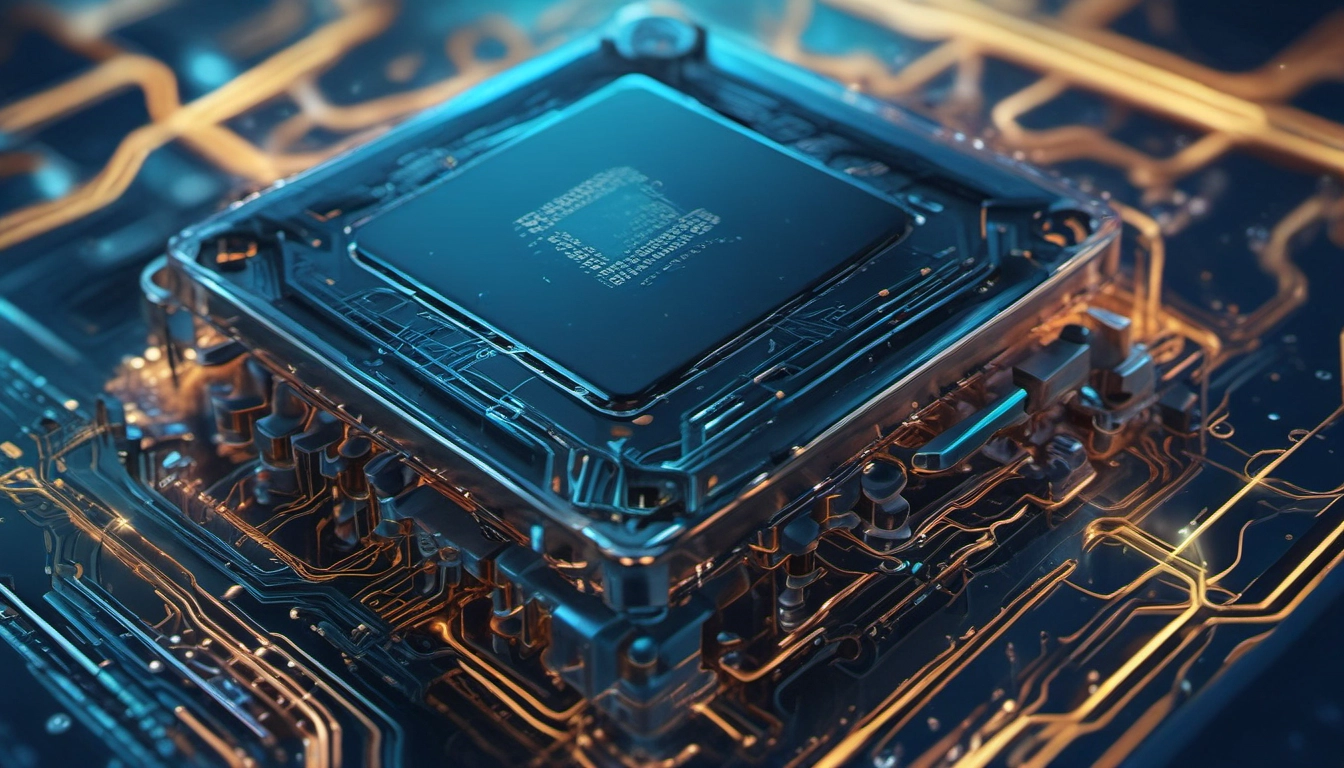The Local LLM Playbook (2024)
A practical playbook to run LLMs locally: choose tools, pick hardware tiers, and deploy a self-hosted LLM fast.

Short answer
If you want privacy, low latency, and control, run an LLM locally. Pick a tool like Ollama or LM Studio, choose a model that fits your GPU or CPU, and follow the starter kit to serve it. This guide gives a clear 4-step plan, hardware tiers, tool choices, and a quick Ollama Docker starter you can use right away.
Why run an LLM locally?
- Privacy: Your data never leaves your machine.
- Cost control: No per-token bills—pay once for hardware.
- Offline use: Works without internet.
- Customization: You can fine-tune or use open models freely.
Who this playbook helps
This is for developers, startups, and curious hobbyists who know the command line and Docker. If you handle private data or want to avoid API fees, this is a right fit. If you need managed scaling for millions of users, cloud still makes sense.
4-step decision framework
Step 1 — Define the job
Ask simple questions: What will the model do? Who will use it? How fast must it be?
If you need short answers fast, aim for a 7B or 13B model. If you need deep reasoning, plan for 30B+ and more VRAM.
Step 2 — Pick the tool
Tools make local LLMs easy. Here are the common picks:
| Tool | Best for | Notes |
|---|---|---|
| Ollama | Simple server, Docker support | Ollama is easy to run as a local API. |
| LM Studio | Desktop GUI | Good for quick experimentation on an RTX laptop. See NVIDIA guide. |
| llama.cpp | Very lightweight, CPU-friendly | Works on many devices and powers apps like LM Studio and others. |
| Jan / Janis | Privacy-focused server | Integrates with local and remote models; useful if you switch hosts. See n8n guide. |
For tutorials that walk through a full local workflow, see this piece on how to build a local LLM workflow and a step-by-step RAG guide with Ollama + Chroma.
Step 3 — Pick a model
Match model size to GPU VRAM. Short list:
- Small (CPU / low VRAM): 0.5–7B models (good for experiments and offline use).
- Mid (RTX 3060 / 8–12GB VRAM): 7B–13B models.
- Large (higher-end GPUs or multi-GPU): 30B–70B models. See the Comet build for a multi-GPU 70B example.
Check formats like gguf for best local support. Use quantization to cut VRAM. Guides on quantization and model formats are in community posts and on Semaphore and DataCamp.
Step 4 — Plan the infra
Decide whether you run on:
- Laptop/desktop: Good for dev and demos. Try LM Studio.
- Single GPU server: Simple production for small teams.
- Multi-GPU / home server: Best for big models (see the Comet guide again).
Watch for these key specs:
- VRAM: The main limiter. Ask “how much VRAM for local LLM?” For 13B aim for 12–24GB, for 30B aim for 40–96GB depending on quantization.
- Storage: Fast NVMe, enough to hold several models.
- CPU & RAM: Needed for hosting and vector DBs like Chroma or Qdrant.
Good–Better–Best hardware tiers
- Good (hobbyist): RTX 3060 or 4060, 12GB VRAM. Can run 7B–13B with quantization.
- Better (small team): RTX 3080 Ti / 3090, 24GB–32GB VRAM. Runs 13B–30B models. See community builds like Reddit tips.
- Best (power user): Multi-GPU rack or repurposed mining cards totaling 64–128GB VRAM. Runs 70B+ models; example build in Comet.
Quick Ollama Docker starter (copy-paste)
This minimal Docker Compose spins up an Ollama server and exposes the API. Save as docker-compose.yml and run docker compose up -d.
version: "3.8"
services:
ollama:
image: ollama/ollama:latest
ports:
- "11434:11434"
volumes:
- ./models:/models
After that, pull a model with ollama pull or use the GUI tools. See the Comet tutorial and DataCamp for full examples including ollama docker compose setup.
Integrations and real apps
Want your model to power a chatbot, RAG app, or an internal assistant? Add a vector DB like Chroma or Qdrant. Use LangChain or a simple API client to connect your app to the local server. A step-by-step RAG guide is on dev.to.
Common gotchas and fixes
- Out of VRAM: Use quantization or swap to CPU. Try smaller models or split across GPUs.
- Slow starts: Warm the model or cache responses for common prompts.
- Privacy leaks: Keep models and data on the same host. Audit logs and network rules.
- Tool choice fatigue: Start with Ollama or LM Studio. You can swap later.
Further reading and community
These links helped build the playbook: a deep multi-GPU build from Comet, a workflow-focused guide at Ojambo, and practical tutorials on DataCamp and Semaphore. For quick starts and community tips, check r/LocalLLM.
Next steps (what to do now)
- Pick your goal and tool. Try Ollama for a fast server, or LM Studio for desktop tests.
- Match a model to your GPU. If unsure, start with a 7B model on CPU or laptop.
- Use the Docker starter above. Confirm the server responds to a test request.
- Measure costs and latency. If you need more power, plan a GPU upgrade.
If something fails, keep calm. Roll back, check logs, and try a smaller model. There are many community guides and step-by-step tutorials linked here to help. You can get a local LLM running in hours, and a reliable setup in a few days.
Resources: build a local LLM server, local LLM workflow, LM Studio, Ollama, n8n local LLM, Run LLMs Locally.

